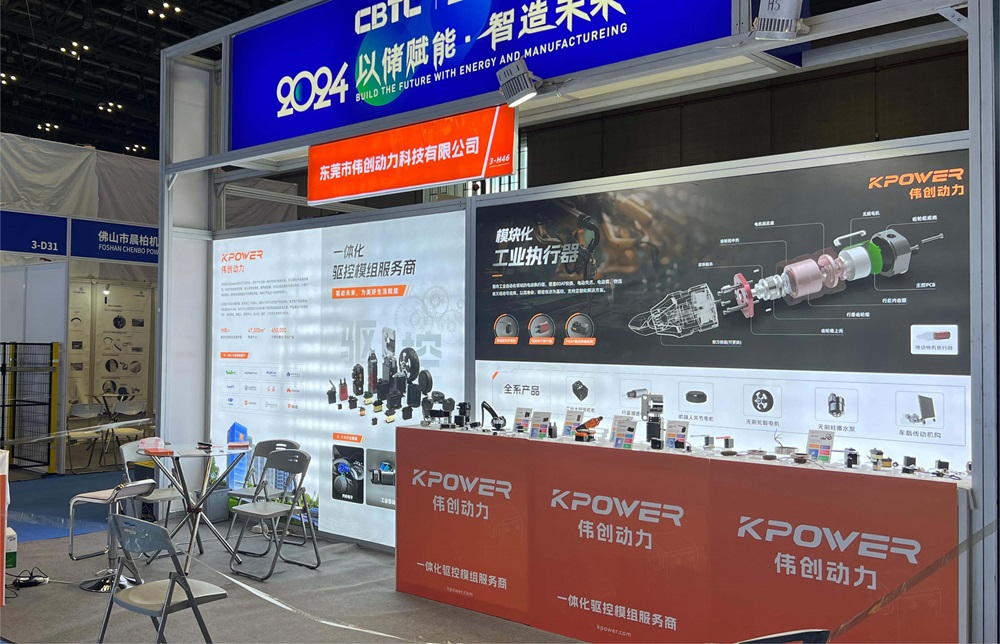Ever wondered how to make a servo motor work smoothly for your project? It’s like giving life to your ideas—controlling movement with precision and ease. Think about a robotic arm brushing aside tiny obstacles or a camera slider moving gracefully for that perfect shot. All that magic runs on servo motors. But how do you get one humming perfectly? Sounds complicated, right? Well, it’s not as tough as it seems once you get the basics down.

First off, understanding the essence of a servo motor is key. They’re tiny but mighty, capable of turning small movements into big results. Imagine them as the brain behind the motion—receiving signals from your control system and translating that into precise angular movement. If you’ve used a remote-controlled car, you know how the steering works. Servo motors are basically doing the same thing, just on a smaller, more detailed scale.
Connecting a servo motor involves a few simple steps. You’ve got the power supply—usually 5V to 6V DC. It’s like giving it a shot of energy to get moving. Then, the control wire—often a three-pin connector—carries signals from your controller. The key here? Pulse width modulation (PWM). It sounds complex, but really it’s just a way to tell the servo how far to turn. A longer pulse means a bigger turn. When you’re setting up, think of it as giving the servo a mini-instruction manual—“turn 30 degrees,” or “go back to zero,” and so on.
Want to see a practical example? Say you’re building a robotic hand. You’d connect the servo to your microcontroller, supply power, and send signals—your code might look like a series of tiny commands. The servo then responds with pinpoint accuracy, giving your robot a lifelike gesture. Watching it move exactly as you commanded is pretty satisfying, isn’t it? Plus, it’s reliable—most servos have feedback mechanisms so they know exactly where they are.
What about troubleshooting? Sometimes, your servo might jitter or won’t turn to the right angle. It’s often a power issue—make sure your power supply can handle the load, especially if you’re running multiple servos. Also, check your control signals—if they’re not stable or correctly timed, the movement won’t be smooth.
Choosing the right servo motor can be a game-changer. Think about speed, torque, and size—do you need quick, powerful movements or more delicate, precise positioning? KPOWER offers a range that can handle everything from tiny gadgets to heavier-duty applications. Their products are designed for robustness and long-term reliability, so you’re not constantly fixing or replacing parts.
When you’re diving into the world of servo motors, keep in mind that practice makes perfect. Testing different speeds, adjusting your PWM signals, and understanding load limits—these are the little things that turn a simple motor into a precise tool. Someone once told me, “It’s not just about making things move, it’s about making them move exactly how you want.” That’s the real art here.
If you’re looking to upgrade or develop something innovative, thinking about servo motors isn’t just about mechanics—it’s about unlocking your creativity. Experiment, tweak, and don’t be shy about pushing their limits. With the right setup, your projects can leap from ideas to reality seamlessly. So, don’t think of it as just “working with a servo motor,” think of it as giving life to your visions.
Established in 2005, Kpower has been dedicated to a professional compact motion unit manufacturer, headquartered in Dongguan, Guangdong Province, China. Leveraging innovations in modular drive technology, Kpower integrates high-performance motors, precision reducers, and multi-protocol control systems to provide efficient and customized smart drive system solutions. Kpower has delivered professional drive system solutions to over 500 enterprise clients globally with products covering various fields such as Smart Home Systems, Automatic Electronics, Robotics, Precision Agriculture, Drones, and Industrial Automation.




































